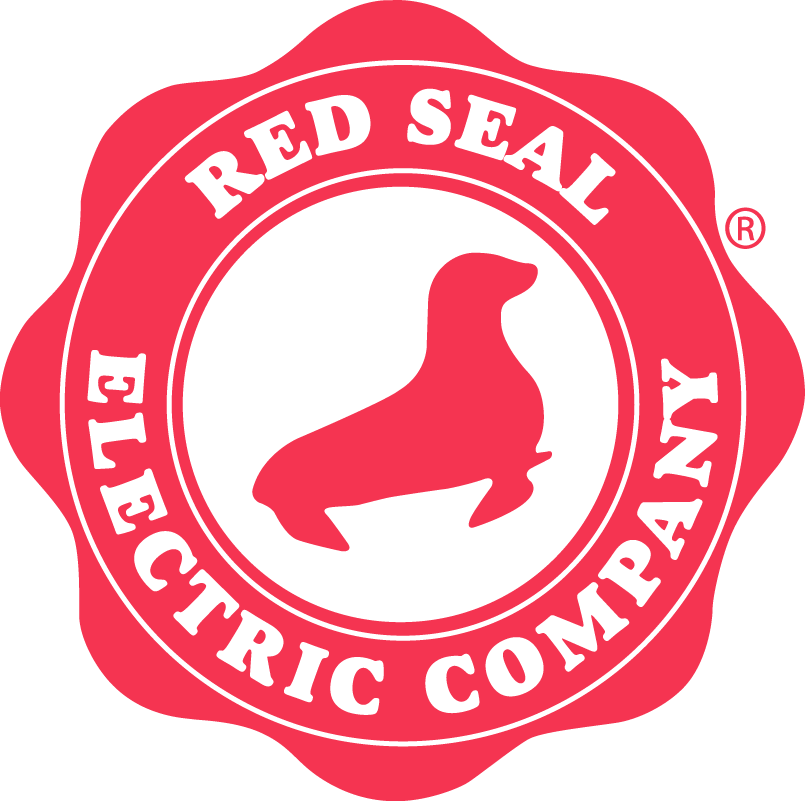What You Might Not Know About Flexply Springs
You must be well-versed in the manufacturing industry to know about Flexply springs. If you’ve already heard of them, you might be very familiar with non-metallic material options. However, there are some interesting facts about these materials that people aren’t always aware of. Keep reading to find out what you might not know about Flexply springs and how they can be useful in the manufacturing world.
Flexply Spring Uses
Did you know that Flexply springs have a list of uses across various fields and industries? Flexply springs can replace traditional metal springs in many applications. Some examples of places you would see these springs include conveyors, sanders, rollers, feeders, belts, and much more. Many companies feature Flexply in their machinery, from the food industry to manufacturing.
Variety of Flexply Springs
It might surprise you to know that there are various Flexply springs to choose from. Further, you can customize your choice in Flexply springs to better fit your application of them. These materials have a customizable spring rate and come in different thicknesses, shapes, and more. This is just one reason that so many fields feature them.
Advantages of Flexply Springs
Their customizability isn’t the only reason that so many machinists rely on Flexply springs. These springs are superior to traditional metal ones because of their unique properties. Flexply springs are strong, yet they also have elasticity. This unique combination of characteristics sets them apart from metal springs. They’re even chemical and corrosion resistant, which helps them be more reliable with a longer lifespan. These are just some examples of their advantages over their metal counterparts.
We hope this look into what you might not know about Flexply springs has provided some new information on this non-metallic material. If you’re interested in using Flexply for your business, contact Red Seal Electric Company today. We can help you get set up with this material and answer any further questions you may have.

